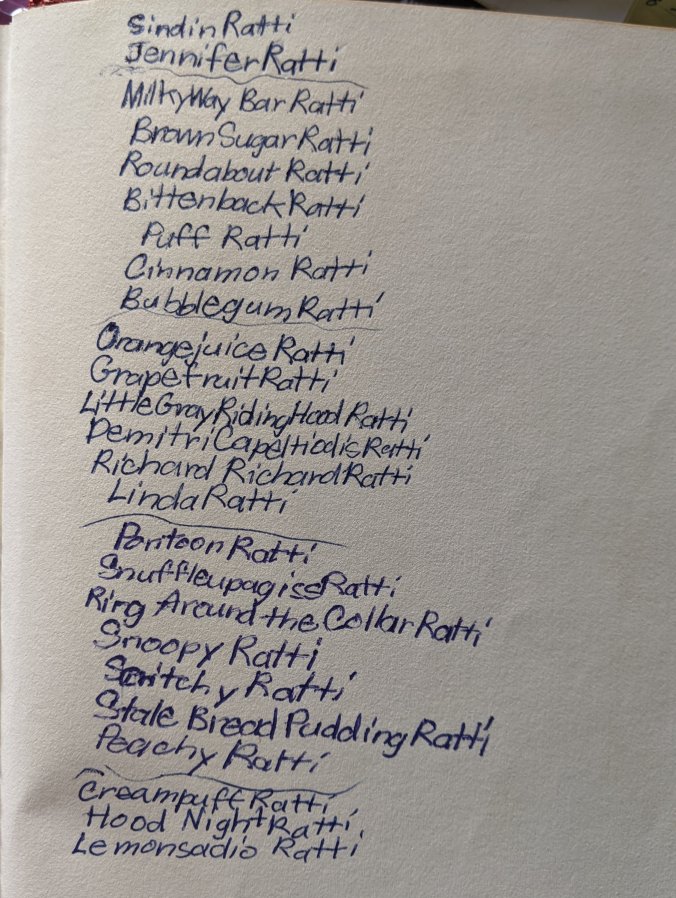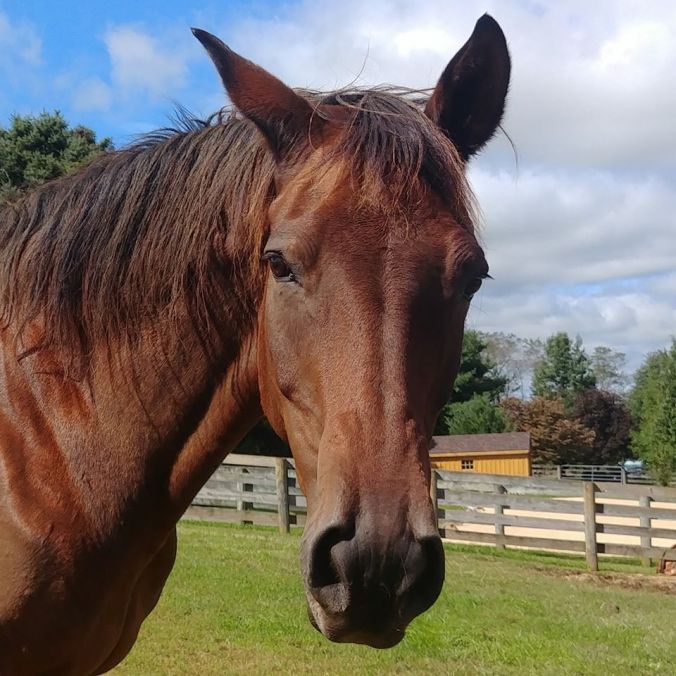
Almost three months ago I decided I was going to post a blog every Monday. I didn’t tell anyone for a few weeks that I had a schedule, and since then I have told just a few friends, and my writing group. The down side of announcing a schedule for writing is that I then have to actually write according to the schedule and sometimes I don’t feel like (it’s ok if you read those last few words in a super whiny tone – you wouldn’t be wrong).
I mean to write, but I end up reading. It’s a lot like the detours I take looking up a word in the dictionary. On the way to my word, I see another that is stranger or more interesting or otherwise more attractive or eye-catching. On days when I have more restraint I mark that page with a finger and come back to it after visiting the spelling or definition or synonym of the word I was after. Sometimes I wind up with my entire hand in the dictionary, each finger marking a different page. I may then return to the word or words that caught my eye, or perhaps something else will have jumped off the page of the original word – another word, or in the case of my favorite American Heritage Dictionary, a usage note. Any of these may – likely will – lead to other words until whatever drove me to pick up the dictionary in the first place has been completely lost. This process is rarely derailed by the presence of another person, usually the person who asked me for the definition of the first word that I did not know precisely. If I can I will pull them along with me through the dictionary maze, but I am not easily deterred. Even when they throw their hands up and leave the room I will happily continue my wordly wanderings.
In high school my favorite parties involved the game Fictionary. I believe this has grown to some kind of board game now, but to us it involved paper, pens, and a dictionary. One person would look up a word that none of the others knew – no easy task in this group – and the others would each write down a definition they thought likely or that at least sounded plausible. The holder of the dictionary would then read all the definitions out loud (including the actual one which was also written on a sheet of paper to disguise it) and the other players would cast their votes as to which was the real definition. Points were given for guessing correctly, but more points went to those who wrote the incorrect definitions that were selected as real, and still more points to the word-chooser when no one guessed correctly. My shining Fictionary moment was when I made up a definition that was chosen by every other player. I don’t remember the word, or the definition, but i remember the feeling.
Given my love of Fictionary you’d think I’d have a better poker face than I do, but I don’t have one at all. I am best at keeping a straight face while saying something patently absurd, a skill I likely learned from my father who reportedly once convincingly informed a colleague at the newspaper that she should clean her typewriter with peanut butter. It helps if the fakery does not involve words, as in the time my son asked during dinner where the cat was, and I just looked at him with wide eyes for a minute, and then looked at the platter of flank steak in the middle of the table, and then I looked back at my son. He didn’t exactly believe me, but I freaked him out a little, and I was pleased. I am not all that good at misdirection when anything personal is on the line. Ask me why I’m treating my writing deadline like a term paper deadline – the kind where you stay up all night the night before because you did nothing all semester – and I will probably turn red and stammer.
Like my dictionary detours, when I start to write I often have a quote from some other writer in my head. I go get the book to look it up for review or to quote it accurately. On my way to the quote I may fall into a page more compelling and from there to another. I may go right to my quote and instead of writing it down I just keep reading. Depending on the book, the author may quote another whose book I must go get, or this may lead me to Bartlett’s Familiar Quotations which is the like dictionary all over again. Months may go by if any of this leads to an internet search, which will usually lead to the purchase and subsequent reading of more books. Meanwhile I have yet to put pen to paper but I still consider this part of my writing process.
With all that in mind, it’s probably not such a bad idea to have a day by which I need to get something on paper (so to speak). Like too many other things in life, it’s easier for me to commit to a thing when I’ve committed to someone else than when I’ve committed to myself, which seems backwards but I know I’m not alone in this. I’m pretty sure the three people I’ve told I’m writing weekly will not come after me with pitchforks for my weekly dose of whatever this is, but damn it, I’m going to come up with something. This week, this is it. Put your pitchforks down, friends.







